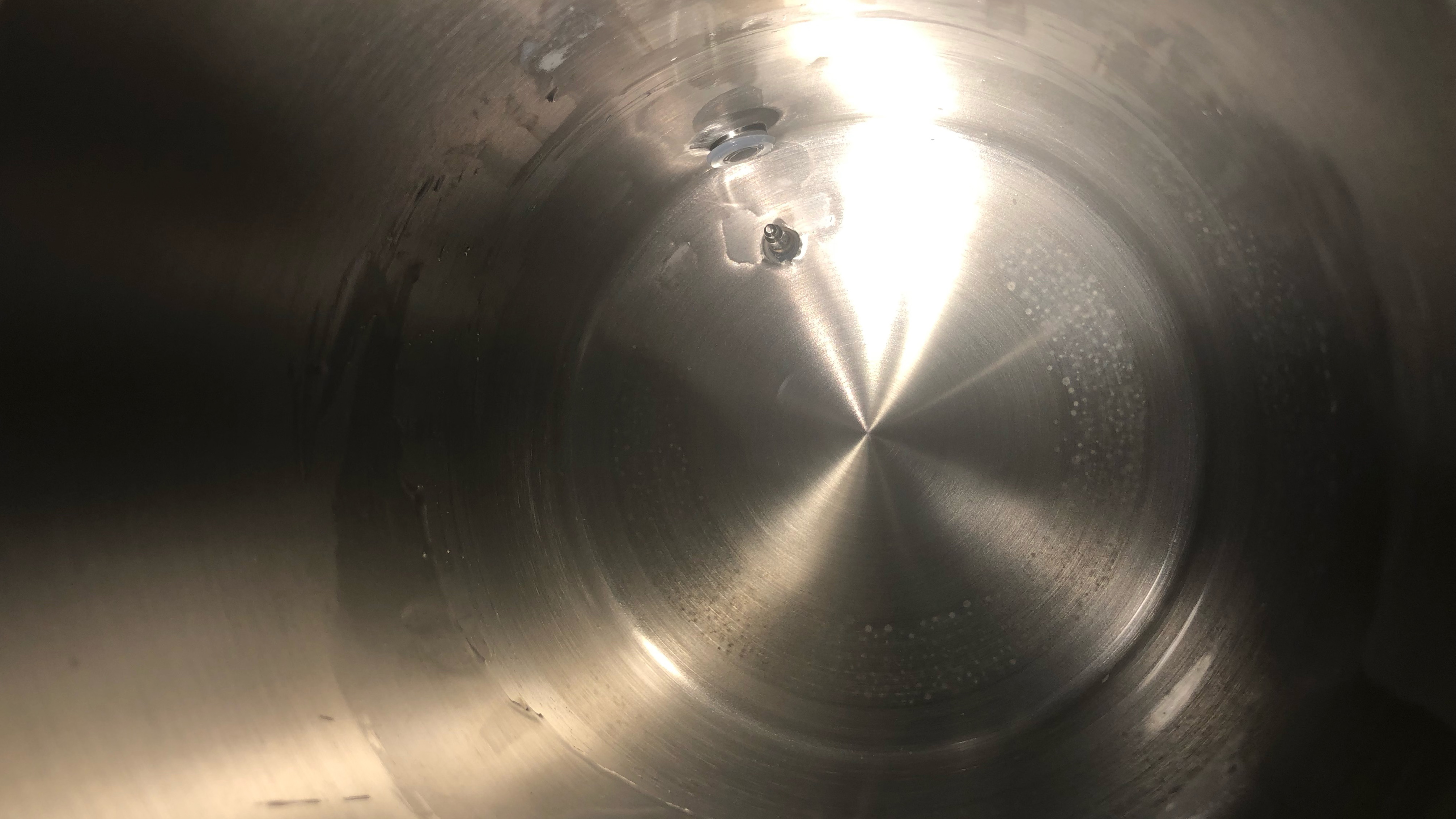How to descale a kettle
Noticed limescale floating in your cuppa? Time to clean the kettle

There’s nothing quite as gross as spotting flakes floating in your morning cuppa. These flakes are actually limescale which has accumulated in your kettle. Limescale gradually forms after repeatedly boiling hard water. It’s the result of magnesium and calcium dissolving in the water, leaving calcium carbonate behind. It’s not a health hazard to drink, but the texture is unpleasant and it doesn’t add to the taste. However, leaving limescale to build can affect the performance of your kettle and even damage it, especially once it covers the heating elements. It can also affect the taste of your cuppa and is one of the mistakes to avoid when making a perfect cup of tea.
But before you throw away your kettle, limescale can be easily managed using a few household products. Below, we'll show you a few methods how to descale your kettle.
Interested to learn more about electric kettles? I test appliances for a living and I’m surprised electric kettles aren’t more popular in the U.S.

How often should you descale your kettle?
How often you descale your kettle depends on how often you use your kettle and the hardness of your water. The harder your water, the more often you will need to descale the kettle. If you notice limescale starting to build up, that means it’s time to descale. As a rule of thumb, if you use your kettle every day, it’s best to remove limescale every 1-2 months, especially if you live in a hard water area.
White distilled vinegar
Baking/Bicarbonate of soda
Toothbrush
Microfibre cloth
Before using any of the below methods, you should consult your kettle's manual for cleaning instructions. It’s always best to follow what your manufacturer recommends so the warranty isn’t voided. If no instructions are given for descaling, follow these steps:
How to descale a kettle with vinegar

1. If you’re looking for a sustainable method, then vinegar is the answer. First, unplug the kettle and wait until it is cool prior to descaling. It’s best to open a window as well if possible as this method can make your kitchen smell!
2. Next, fill the kettle ½ full with equal parts water and white distilled vinegar.
Get instant access to breaking news, the hottest reviews, great deals and helpful tips.
3. Plug the kettle back in and bring it to boil. Then switch it off if it doesn’t do so automatically.
4. Leave the solution to soak for an hour or ideally overnight. Remember to put a sign out so no one drinks from it!
5. Once time is up, empty the kettle and boil it with fresh water at least twice to remove any traces of vinegar and to deodorise it.
6. Once it has cooled and you’ve unplugged it, use a damp microfibre cloth or toothbrush to remove any lingering limescale.
If any stubborn limescale remains, you can scrub it with a paste of baking/bicarbonate of soda and water using a toothbrush — just remember to rinse afterwards! You may need to repeat the above method for extreme cases, but once you get your kettle to a clean state, it will be easy to maintain.

Regular descalers
You can always buy a proprietary descaler if you don’t want to use white vinegar, but be sure to check it’s suitable for your type of kettle. We recommend Oust. These solutions work in much the same way as vinegar does.
Alternative methods to descale your kettle
Some recommend boiling a solution of lemon juice or baking/bicarbonate of soda to remove limescale. We tried this and it resulted in foam erupting from the spout on both occasions! Not only could it have damaged the kettle, but it wasn’t nearly as effective as vinegar so we don’t recommend these methods.
Some also suggest using Coke to descale your kettle, however, again, we do not recommend this. While it may shift some limescale, this can potentially damage your kettle and void its warranty.
Tips to reduce limescale in your kettle
- Use filtered water, particularly if you live in a hard-water area.
- Make sure your kettle has a limescale filter and that you clean it regularly. This is designed to catch the limescale as you pour, so you want one which is well-fitted with a dense mesh.
- Invest in a descaler ball such as the Lakeland Kettle Protector. Pop it in your kettle and any limescale will start to stick to it. Again, be sure to check this won’t void your warranty.
- Try not to leave water standing in the kettle, as this encourages limescale. To avoid wasting water, try to only fill the kettle with as much as you need.
As for other cleaning tips, check out this TikTok lemon hack to remove limescale on faucets and how to clean a showerhead to remove limescale.
- Struggling with food waste? Check out the Sage FoodCycler review

Katie Mortram used to be a Homes Editor for Tom's Guide, where she oversaw everything from kitchen appliances to gardening tools, as well as smart home tech. Specializing in providing expert advice for cleaning and home manintenance, she now works as Household Advice Editor for Good Housekeeping.
